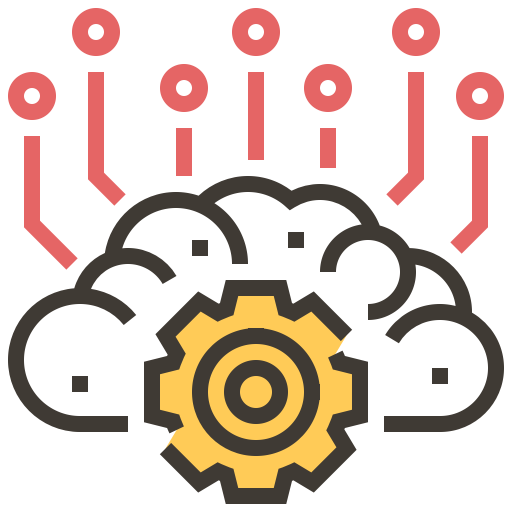By 2025, cybercrime is projected to cost the global economy $10.5 trillion annually, driven by AI-powered attacks and quantum computing vulnerabilities. As digital landscapes evolve, developers and organizations must adopt cutting-edge security practices to protect sensitive data and code. This guide explores essential strategies to future-proof your web applications against emerging threats (2025-specific security guidance).
Understanding the 2025 Threat Landscape (2025-specific security guidance)
- AI-Driven Attacks: Hackers leverage machine learning to automate exploits, bypassing traditional defences.
- Quantum Computing Risks: Quantum processors threaten current encryption standards like RSA and ECC.
- IoT Expansion: With over 75 billion connected devices, attack surfaces multiply.
- Sophisticated Phishing: Deepfake technology and context-aware scams increase social engineering success rates.
Essential Web Security Practices for 2025
1. Secure Coding Fundamentals
- Input Validation: Sanitize user inputs to prevent SQLi and XSS attacks.
Example: Use parameterized queries to block malicious SQL payloads. - Avoid Hardcoded Secrets: Store API keys and credentials in encrypted vaults (e.g., HashiCorp Vault).
- Code Reviews & Static Analysis: Integrate tools like SonarQube to detect vulnerabilities pre-deployment.
2. Encryption & Post-Quantum Readiness
- Adopt TLS 1.3: Ensure data-in-transit security with modern protocols.
- Quantum-Resistant Algorithms: Transition to lattice-based cryptography (e.g., NIST’s CRYSTALS-Kyber).
3. Zero-Trust Architecture (ZTA)
- Enforce strict access controls: “Never trust, always verify.”
- Implement micro-segmentation to limit lateral movement during breaches.
4. AI-Powered Threat Detection
- Deploy tools like Darktrace or AWS GuardDuty for real-time anomaly detection.
5. Automated Patch Management
- Use platforms like Automox to streamline updates for dependencies and frameworks.
6. Incident Response Planning
- Conduct bi-annual drills and adopt SOAR (Security Orchestration, Automation, and Response) platforms.
Emerging Trends Shaping 2025 Security
- Blockchain for Integrity: Immutable logs to track code changes and prevent tampering.
- DevSecOps Integration: Embed security into CI/CD pipelines using GitLab or GitHub Advanced Security.
- Privacy-Enhancing Computation (PEC): Process data without exposing sensitive information.
Case Study: Fintech Startup Thwarts AI Phishing
A 2024 fintech firm integrated AI behavioural analytics, reducing phishing success by 90%. By analyzing user interaction patterns, the system flagged anomalies in real-time, showcasing the power of adaptive defences.
Conclusion
Staying ahead in 2025 requires proactive adoption of AI, quantum-resistant encryption, and zero-trust frameworks. Regularly audit your security posture, invest in training, and prioritize DevSecOps to mitigate risks effectively.
FAQs
Q1. How often should I update security protocols?
A: Conduct quarterly audits and monitor threat intelligence feeds for real-time adjustments.
Q2. Can AI alone secure my applications?
A: AI complements human expertise but isn’t a standalone solution. Pair it with robust coding practices.
Q3. Top tools for 2025?
A: Snyk is used for dependency scanning, Cloudflare for DDoS protection, and Qrypt for quantum encryption.
Q4. Will quantum computing break all encryption?
A: Only outdated algorithms. Transitioning to post-quantum cryptography mitigates this risk.
Q5. Why adopt zero trust?
A: Minimizes breach impact by restricting access to critical assets, even if perimeter defences fail.



